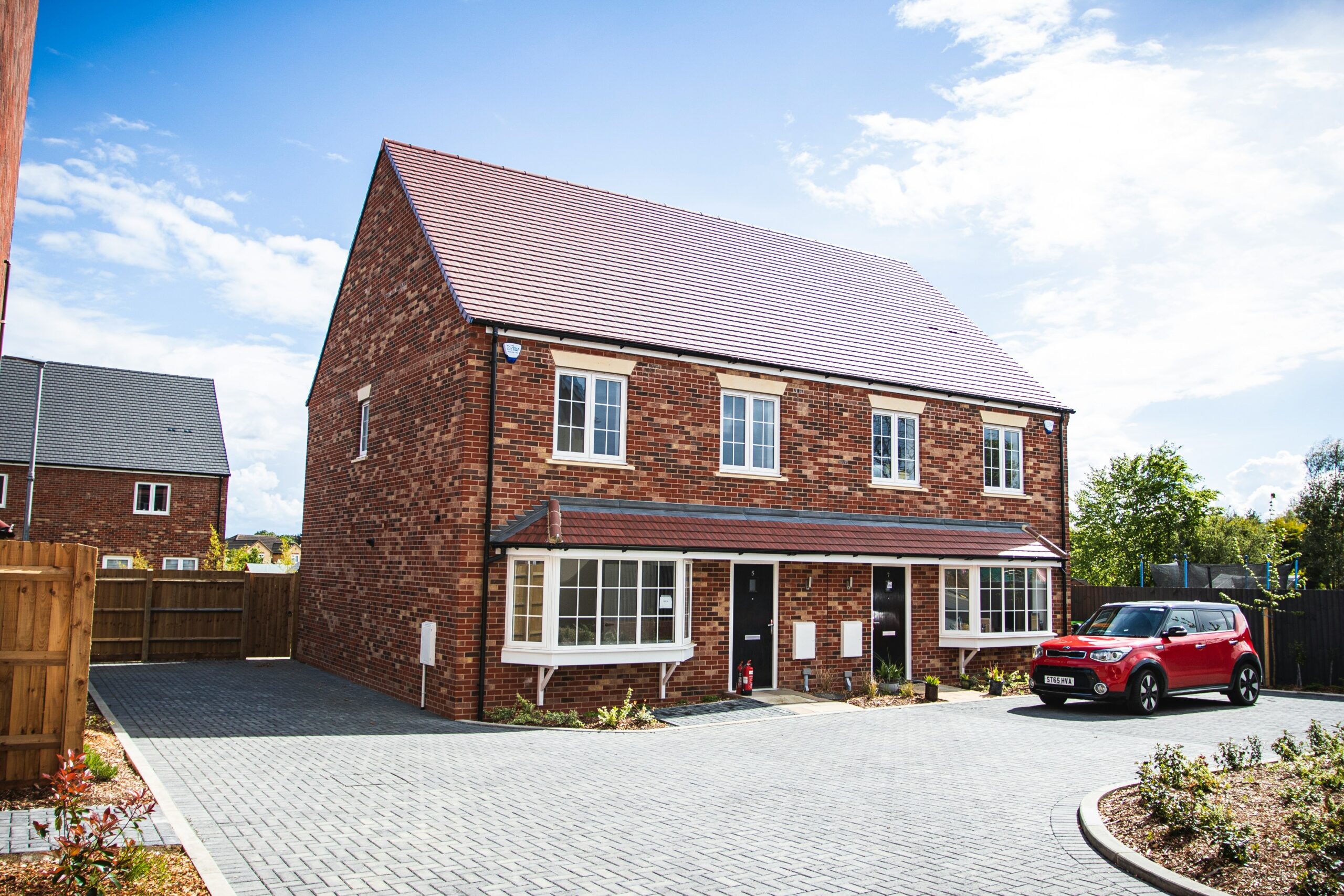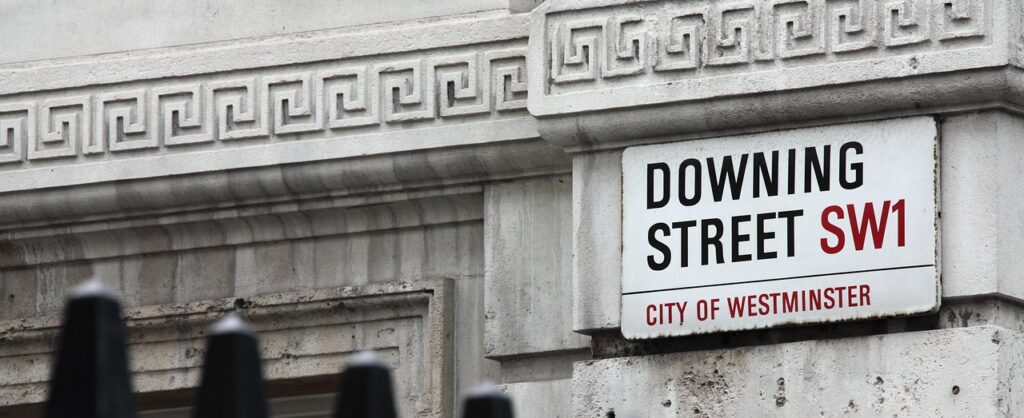
What Does it Mean to Part Exchange a House? Everything You Need to Know
We’re all used to the option of part-exchanging cars, but it’s possible with homes too. Usually it’s a scheme offered on new-build properties where you don’t have to sell your existing property first. Part exchanging your home has some benefits, but it’s not suited to everyone in every situation, so here we’ll be answering questions like:
- What is a ‘part exchange house’ scheme?
- What are the part exchange house pros and cons?
- How does a house part exchange scheme work?
- Part exchange house rules
- Who are part exchange house schemes for?
- Am I eligible for a house part exchange scheme?
- Do I need a solicitor for a part exchange house scheme?
- How do I find out the house part exchange value of my home?
So if you’re wondering if a house part exchange scheme is a good option for you, you’re in the right place.
Let’s get started with answering the main question: what exactly is a part exchange house scheme?
What is a ‘part exchange house’ scheme?
A part exchange house scheme involves trading in your existing property as partial payment for a new-build property. The new build’s developer buys your house at a value you both agree upon, then the developer deducts that amount from the cost of the new-build home, and you just pay the outstanding amount.
Various developers run various house part exchange schemes up and down the country, but they all work on that basic principle.
How does a house part exchange scheme work?
Just like a traditional house sale, you’re looking to sell your existing home and buy a new one, so in some ways the process is fairly similar to a standard house sale, so you’ll still need a conveyancer, and you’ll need to manage the process of moving house. However, there are some differences too.
Let’s take a look at the key processes involved in a house part exchange, from the beginning right through to you getting those brand new keys.
The part exchange house process, step by step
- The developer checks if you’re eligible for part exchange based on your home’s value, condition, mortgage and equity.
- A developer’s agent or local estate agents visit to assess the property’s condition and suitability for sale.
- You’ll receive a provisional offer for your property, subject to a professional valuation.
- The developer carries out legal checks, confirms ownership and runs a credit check to make sure you can proceed.
- You choose a new build property from the developer’s available options, making sure it meets your needs.
- You pay a reservation fee to secure your chosen property, which is usually deducted from the final price.
- A RICS surveyor carries out an independent valuation of your property, paid for by the developer.
- You may arrange your own RICS valuation of the new build to ensure you’re not overpaying.
- The developer makes a formal offer for your home, typically 80% to 90% of its market value.
- You’re entitled to negotiate the offer, ask for extras, or push for a better price.
- The developer checks you can cover the price difference between your home and the new build.
- You’ll need a mortgage agreement in principle to move forward, arranged through a broker or lender.
- The conveyancing process starts, usually taking 6 to 8 weeks, with fees and stamp duty paid by you.
- Exchange contracts and pay a 10% deposit, with completion often delayed if the property isn’t ready yet.
- You must leave the property in good condition, including any agreed repairs or reinstatements.
- The developer may market your property before you move, and you could get cashback if it sells for more than the agreed price.
What are the part exchange house pros and cons?
As with everything in property (and life!), there are pros and cons when it comes to part exchange house schemes. Make sure you weigh up both sides before committing. Here are some key part exchange house pros and cons for you to mull over.
House part exchange pros
- You won’t get stuck in unpredictable property chains, meaning you can skip the hassle of selling on the open market.
- There are no estate agency fees to pay.
- The sale is guaranteed, giving you peace of mind.
- It’s a faster, simpler way to move house.
- No need for endless viewings and tidying up.
House part exchange cons
- New builds can lose value quickly after you move in.
- Your home must usually be worth around 70% of the new property’s value.
- Not every property qualifies for part exchange.
- Leasehold flats or properties with a short lease are less attractive to developers.
- You may be offered 5 to 10% below market value for your current home.
- You might not be able to negotiate discounts on the new build.
Who are part exchange house schemes for?
Part exchange house schemes are designed for homeowners who want a quicker, less stressful way to move. They’re great if you’ve found a new build you love and want to avoid the hassle of selling your old home on the open market. If your property’s in decent condition and worth under 70% of the new home’s price, you could be eligible.
Let’s say Claire and Dave have been living in their three-bed semi for twelve years, worth around £210,000. They’ve got their eye on a new build home priced at £300,000.
They don’t want the hassle of arranging viewings or the risk of a buyer pulling out at the last minute. A part exchange scheme lets them sell their old home directly to the developer, avoid estate agent fees and move straight into the new place, without the stress of the open market.
Part exchange is especially helpful if you’re in a hurry to move, if you don’t have time to deal with the selling process or if you just want the peace of mind with a guaranteed sale.
Am I eligible for a house part exchange scheme?
You might be eligible for a part exchange scheme if your current home is in good condition, usually worth less than 70% of the value of the new build you want to buy and located within the developer’s target area.
Some schemes only accept homes that are near the new development, so you’ll need to check the details carefully.
But if your property is worth more than the new build, is a flat with a short lease or is in a different region, you might not qualify.
Always speak to the developer early on to see if you meet their criteria, and to explore if there might be some wriggle room if you’re a little wide of the mark.
Do I need a solicitor for a part-exchange house scheme?
Yes. It’s still a property sale and a property purchase, so you’ll need a legal property expert to take care of the contracts, checks and transferring the funds when the time comes.
While we’re on the subject, remember you’ll need to pay legal fees and stamp duty, though some developers will contribute.
Make selling even simpler
So, now you know all about part exchange house schemes, from how they work, to who’s eligible, to the part exchange house pros and cons.
Part exchange house schemes can seem like a good option if your home ticks the right boxes. But they often come with strings attached, strict criteria and a limited choice of new builds.
At Sell House Fast, we keep it super simple. We buy any house in a matter of days. That means no estate agent fees, no legal fees, no waiting around in chains, no uncertainty. Just a fair cash offer based on your home’s market value.
We handle the paperwork, legal checks and the sale itself. You get a guaranteed sale and the freedom to move when it suits you.
Get a free cash offer today and see how easy it is to sell with us.


